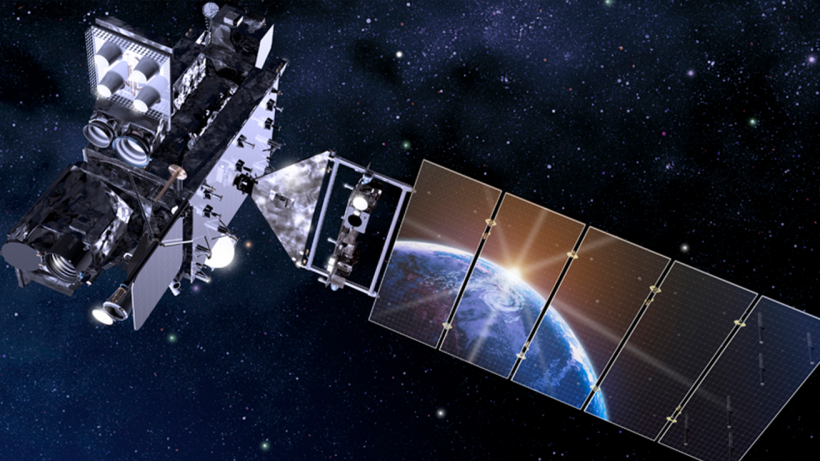The International Space Station (ISS) had to dodge a piece of space junk left behind from a Russian anti-satellite weapons test.

ISS Maneuvered To Dodge a Space Junk
The Cosmos 1408, Soviet ELINT (Electronic and Signals Intelligence) Tselina-D satellite, which was designed to determine the precise location, activity, and other details of radio emitters, was destroyed in a Russian kinetic anti-satellite test on Nov. 15, 2021, resulting in a cloud of debris with approximately 1500 trackable pieces, according to NASA and Space.com.
On Nov. 15, 2021, astronauts on the ISS were forced to take shelter because of concerns about debris, which experts say could pose a long-term threat to the space station and other spacecraft.
At 19:03 UTS, #ProgressMS20 performed an unplanned engine burn to avoid a space debris created by #Kosmos1408. Here’s a video by Roscosmos: https://t.co/WvH1SCPC9c pic.twitter.com/yHPymtzqgm
— Katya Pavlushchenko (@katlinegrey) June 16, 2022
The Progress 81 engines on the ISS fired for 4 minutes and 34 seconds on June 16 in a Pre-Determined Debris Avoidance Maneuver (PDAM) to offer a sophisticated and additional measure of distance away from the expected route of a fragment of Russian Cosmos 1408 debris, NASA officials wrote in an update.
"The crew was never in any danger and the maneuver had no impact on station operations. Without the maneuver, it was predicted that the fragment could have passed within around a half mile from the station."
Meanwhile, Space.com report read: "Russia's space agency Roscosmos used an uncrewed Progress 81 cargo ship docked at the International Space Station to move the orbiting lab clear of a piece of space debris from the Russian satellite Cosmos 1408."
NASA clarified that there was never any threat to the crew, and the move had no effect on station operations.
Read More: ESO Shares Stunning New Images of the Tarantula Nebula
What Is Cosmos 1408 and How Was It Destroyed?
The Cosmos-1408 was large enough to form a debris field when detonated, weighing around 4,400 pounds.
Popular Science reported that the Soviet satellite Cosmos-1408 was launched into orbit in 1982 and was designed to listen for radio transmissions on Earth. This is part of the more routine job of surveillance satellites, which were one of the most common ways nations employed space objects for military purposes. The militaries capable of satellite launches utilized them to maintain track of the world below even before there was a Space Force.
ASATs, or anti-satellite missiles, are one of the simplest ways for a country to destroy an object in orbit.
Debris of the Satellite
As previously mentioned, Cosmos 1408 was a massive satellite. In space, a large breakup occurred, which was purposefully carried out by Russia via a direct-ascent anti-satellite (DA-ASAT) missile hit against one of their own defunct spacecraft, as per Medium.
First and foremost, as a space safety company, LeoLabs unequivocally condemns this irresponsible act, which will have long-term consequences for all spacefaring nations and the whole space economy.
To begin to comprehend the repercussions of this event on the low Earth orbit (LEO) operating environment, Leolabs must shift its attention to the aftermath. The compoany collected preliminary data on debris, as well as insights and forecasts based on decades of research and conclusions taken from previous such catastrophes.
But Leolabs noticed that only one thing is certain:
The disintegration of Cosmos 1408 poses a potential collision danger to most LEO spacecraft over the next few years to decades.
You can watch the debris movement in the video below:
Related Article: The First American Woman Flew to Outer Space on This Day in 1983














